Featured Photo Above:
View of Historic Ebbits Field
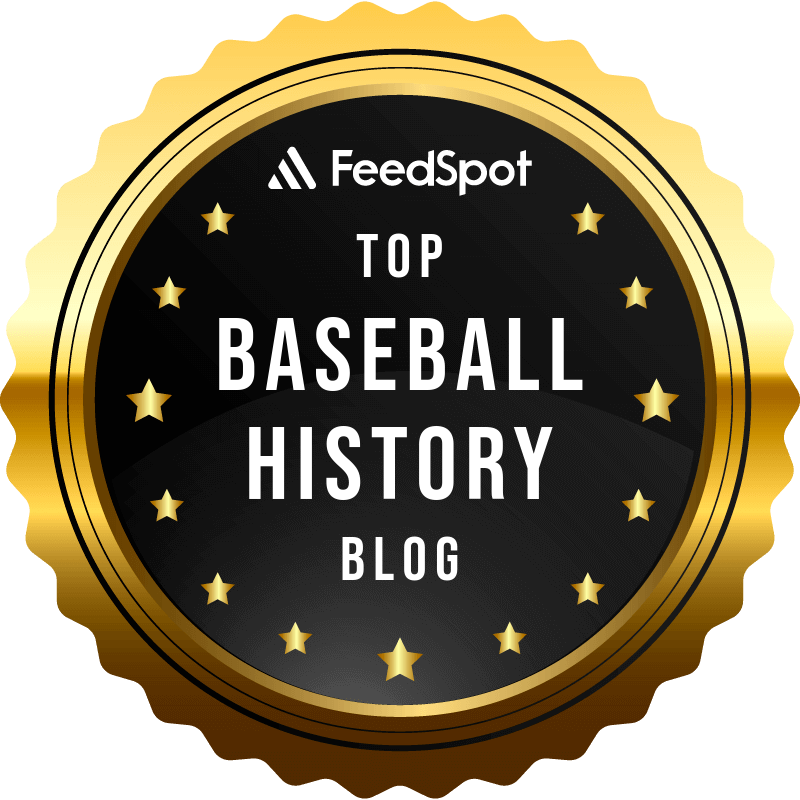
Baseball History Comes Alive Now Ranked As a Top Five Website by Feedspot Among All Baseball History Websites and Blogs!
(Check out Feedspot's list of the Top 35 Baseball History websites and blogs)
Guest Submissions from Our Readers Always Welcome! Click for details
Visit the Baseball History Comes Alive Home Page
Subscribe to Baseball History Comes Alive
Free Bonus for Subscribing:
Gary’s Handy Dandy World Series Reference Guide
Lou Gehrig, Mickey Cochrane Photo Gallery
I’m happy today to continue with Part Two of Ron Christensen’s deep dive into the 1934 MVP selection between the two primary contenders, Lou Gehrig and Mickey Cochrane. Only baseball history nerds like us can appreciate the extensive effort that Ron has made into this subject. Again, Ron makes his bias in favor of Lou Gehrig clear, but he goes out of his way to present an honest case for the eventual winner, Mickey Cochrane. In Part One, Ron presented the statistics of these two great players from 1934. Today, he explores some of the intangibles that may have been on the sportswriters’ minds, which, again, Ron thinks clearly favors Gehrig. It’s well worth reading. -GL
The 1934 MVP Race:
What?!? Really?!?
(Part Two)
It’s impossible to know the weight a given writer might attribute to [intangible] qualities. Such assessments are not merely subjective, but can be very personal depending on the relationship a writer might cultivate with a player. Sportswriters are fans of the game as well, and like any fan, they too might have a favorite player they root for and wish to see succeed. I’m not suggesting that any of this results in bias that dictates the vote of a given writer, and there’s no evidence I’m aware of that this occurred in 1934 or in any year. To the contrary, I’d prefer to believe that all baseball writers selected to vote for any major player award do so with the highest degree of professionalism and integrity (with the abhorrent exception of the senility consumed spineless and mindlessly mean-spirited excuse for a writer who voted against Derek Jeter’s Hall of Fame induction).
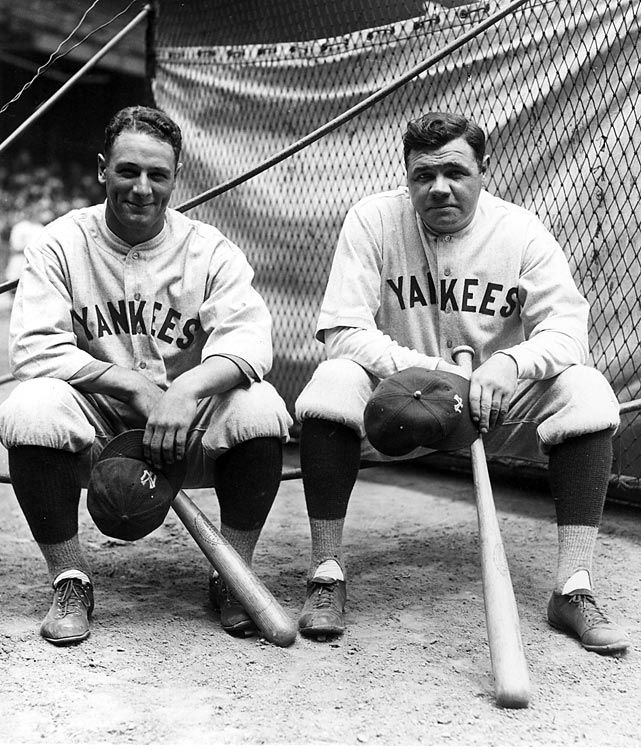
I can’t imagine anyone better epitomizing the intangible qualities the writers would have considered for this award than Lou Gehrig. I don’t wish to elevate him to sainthood, but I’d measure Gehrig’s character with that of Billy Sunday, who became one of the nation’s leading evangelists after his career in baseball ended. Gehrig was widely recognized as a man of great humility as well as a dedicated athlete and team player. Reserved and quiet, never boastful or showy, Gehrig let his work on the field speak for itself. He took pride in being a Yankee, embodying a selfless dedication to his team and his teammates. He possessed a quiet and modest demeanor and was well known for his integrity and kindness on and off the field. Gehrig even faced his own demise with grace and dignity, as exhibited in his ‘Luckiest Man Speech’ before a sold-out crowd at Yankee Stadium on July 4, 1939. Lou Gehrig was a true gentleman, and very aptly described by sportswriter Jim Murray as “a symbol of indestructability – a Gibraltar in Cleats.” [8]
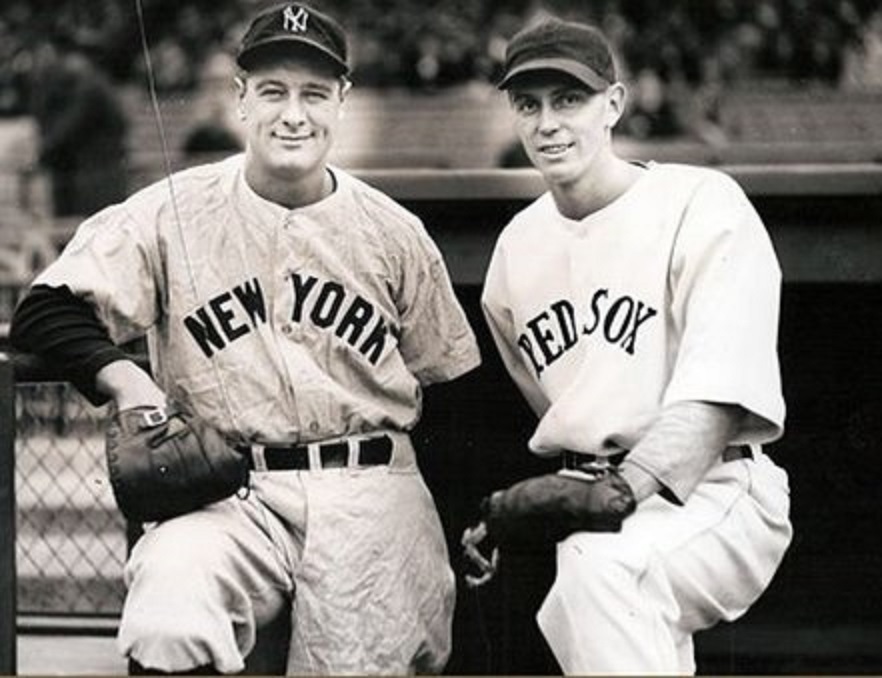
Cochrane was a fiery player with a fierce, competitive spirit who earned the nickname ‘Black Mike’ because of his hard-nosed, battling style of play. Known to be a hard loser, Cochrane demanded that his teammates give their full and best effort on the field, a standard he set by his own example of play. As a team leader and later as a player-manager, Cochrane is said to have been inspirational and always in charge on the field. As such, he was well-liked and well-respected by his teammates. [9] Does this description of Cochrane endear him to any greater intangible strengths than those exemplified by Gehrig? Again, these are subjective criteria that can only be measured by the viewer, or more pertinently, by the BBWAA writer selected to cast a vote. My vote, were I selected to cast one, would be for Gehrig. But even if one were to disagree, I cannot fathom that any edge given to Cochrane is so greatly in his favor as to negate the clear advantage Gehrig holds over Cochrane in season statistics.
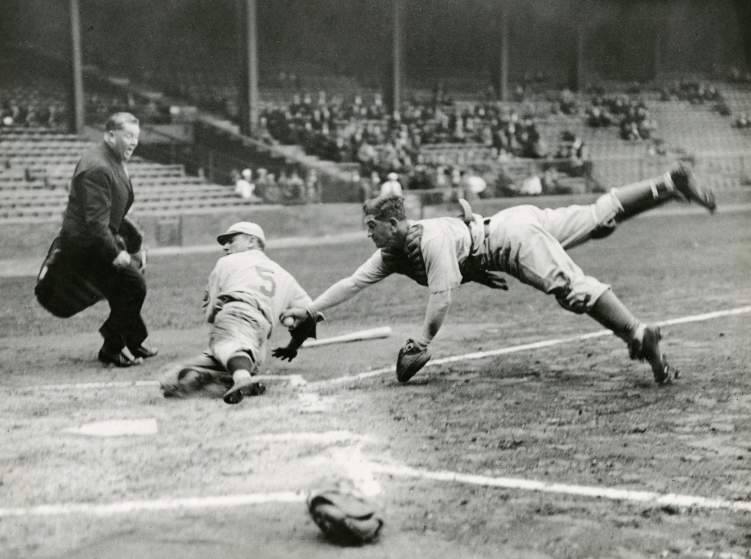
I’ll consider now (before dismissing) a couple of attributes that the writers might have weighed heavily in favor of Cochrane, enough to earn him the 1934 MVP award over Gehrig. First up, the Tigers won the pennant. Though they lost the World Series to the Cardinals, they finished the regular season seven games ahead of the second-place Yankees. Possibly the writers placed greater emphasis on players whose value contributed to their team’s success in winning a pennant than they did on players whose value earned their team only a second-place finish. Better the bride than the bridesmaid. But if so, this doesn’t explain that in only one of the three previous years of the MVP’s existence did the MVP go to a player from a pennant-winning team. That was in 1931, the first year of the award, when it was bestowed upon Lefty Grove of the Philadelphia Athletics. Jimmy Foxx, also of the Philadelphia A’s, won the award in 1932 and 1933, though in those years the A’s finished in second and third place, respectively. [10]
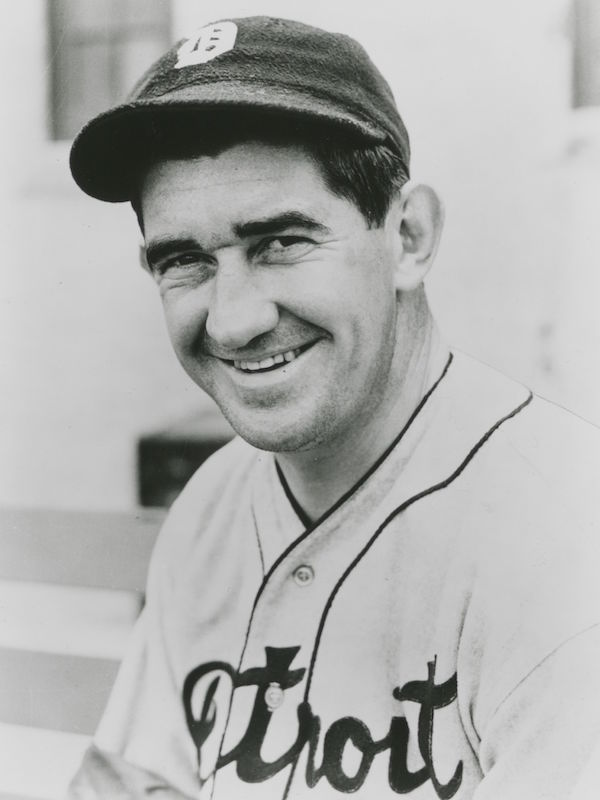
Second, Cochrane wasn’t just the Tigers’ catcher, he was their player-manager, a role incumbent with greater responsibility. Cochrane had been the A’s catcher for nine seasons before being traded to the Tigers by Connie Mack prior to the 1934 season. An interesting though irrelevant sidenote is that Cochrane wasn’t owner Frank Navin’s first choice to manage the Tigers in 1934. Babe Ruth was, and apparently, an accord was reached between Navin and Yankees owner Jacob Ruppert for Navin to discuss this prospect directly with Ruth, who was said to be interested. But in typical Babe fashion, Ruth decided on a golfing trip to Hawaii before talking with Navin, and Navin, in frustration, hired Cochrane instead. [11] And the rest, as they say, is history.
By all accounts, Cochrane took the role of manager seriously. With the opening of spring training, he added an additional regimen of calisthenics, conducted clinics on baseball fundamentals, and imposed player curfews. He accepted no nonsense, he expected players to perform at their best at all times, and he brought with him a winning attitude that seemed to rub off on the team. He even returned their uniform logo to the Old English style of the “D” that the players wore on their jerseys and caps. * (Id). Cochrane’s efforts proved effective in turning the fortunes of the team around, improving the Tigers’ 1933 record of 75 wins / 79 losses into a pennant-winning 101 wins / 53 losses in 1934. This was quite an accomplishment for a team that in preseason polls had been predicted to finish the season in fourth or fifth place. It was also the first pennant the Tigers had won in 25 years. [12]
Third, as a catcher, Cochrane had a knack for developing young pitchers, and his effort in improving the Tigers pitching staff was a key element in their success in 1934 (it also didn’t hurt that the Tigers had four future hall of famers in their starting lineup, including Cochrane, Charlie Gehringer, Hank Greenberg and Goose Goslin). Cochrane is credited with refining the talent of second-year pitcher Schoolboy Rowe, who compiled a 24-8 record and who at one point won sixteen straight games. He is also credited with helping pitcher Tommy Bridges improve his win total from 14 games the year before to 22-11 in 1934. Bridges, who threw 23 complete games that season, struck out 151 batters and posted an ERA of 3.67. Finally, Cochrane is credited with helping another second-year pitcher, Elden Auker, improve to 15-7 with an ERA of 3.49. [13] Rounding out the Tigers staff with double-digit wins is Firpo Marberry, who posted a 15-5 record with a 4.57 ERA. [14]…
(To be continued)
Ron Christensen
We’d love to hear what you think about this or any other related baseball history topic…please leave comments below.
Photo Credits: All from Google search
Footnotes:
- 12. SABR, Milner Article
- 13. SABR, Milner Article
- 14. Baseball Reference
Subscribe to Baseball History Comes Alive. FREE BONUS for subscribing: Gary’s Handy Dandy World Series Reference Guide.
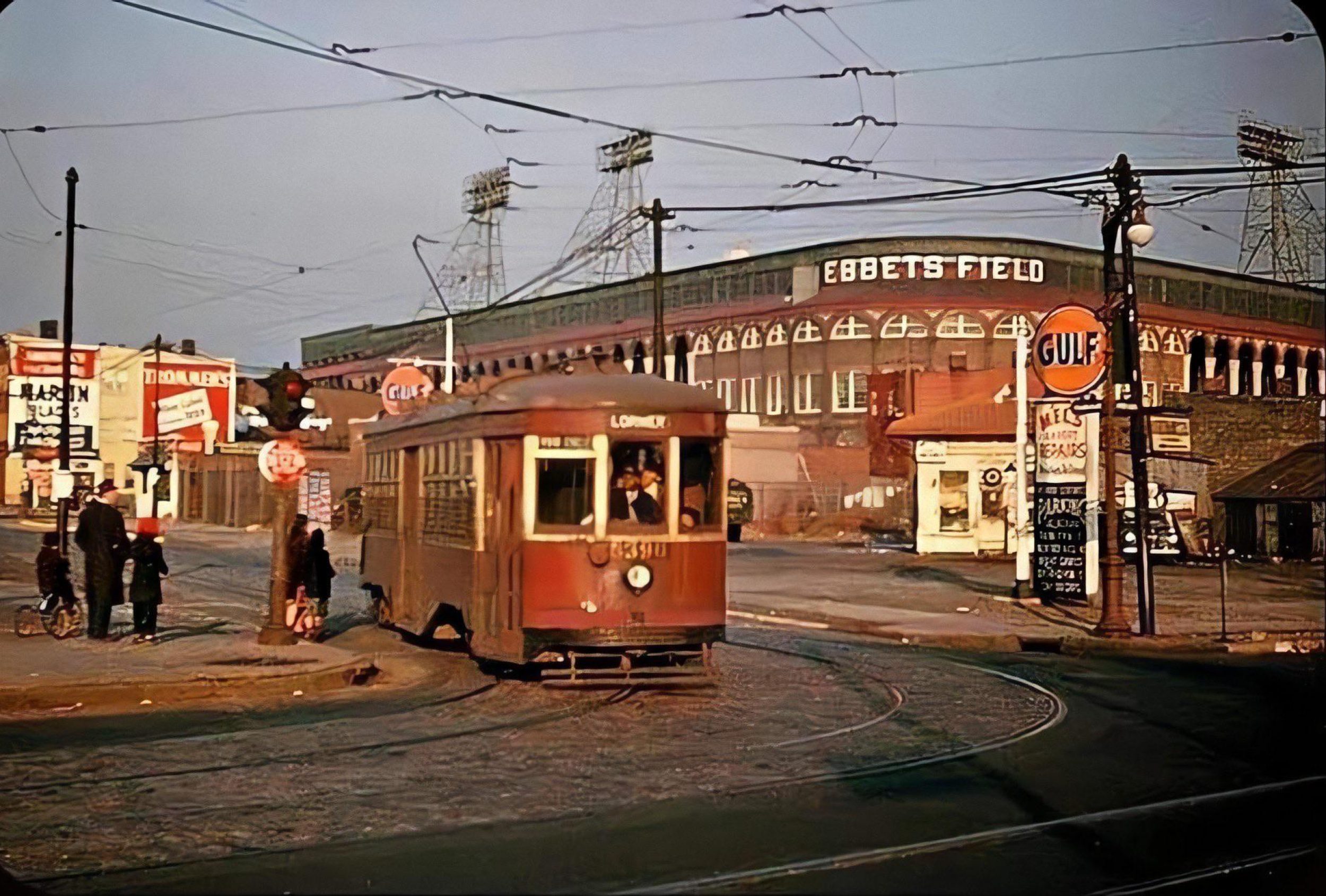
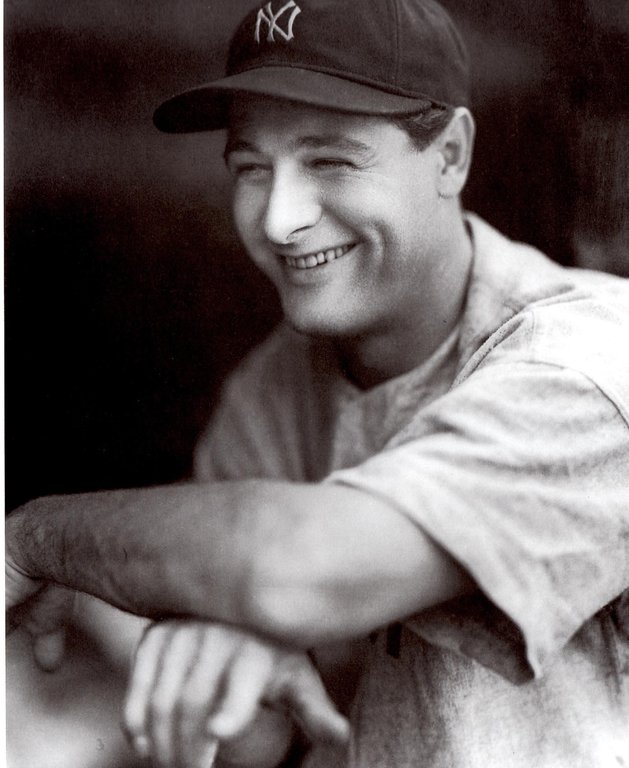
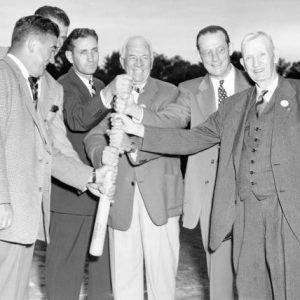
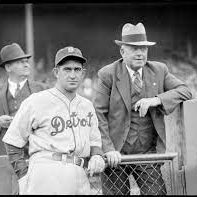
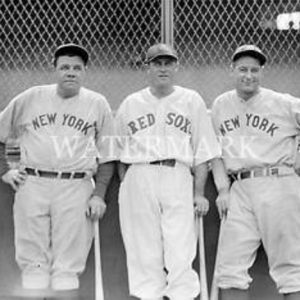
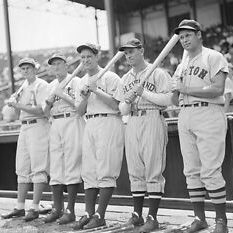
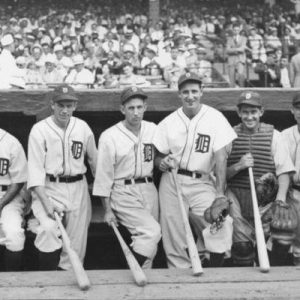
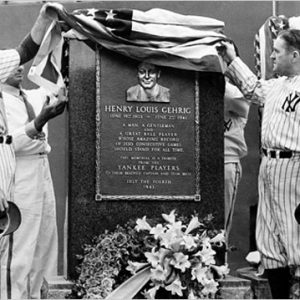
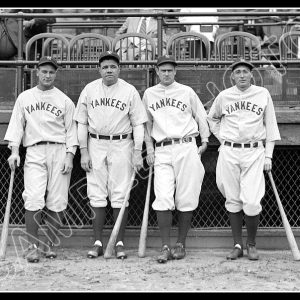

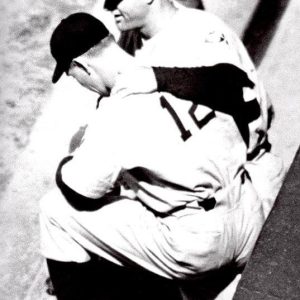
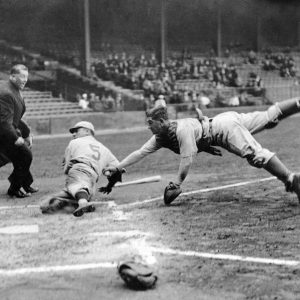
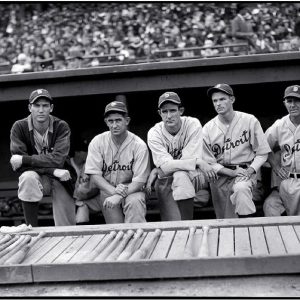
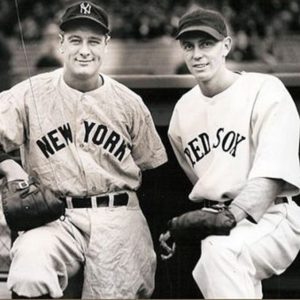

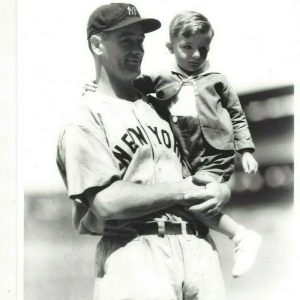
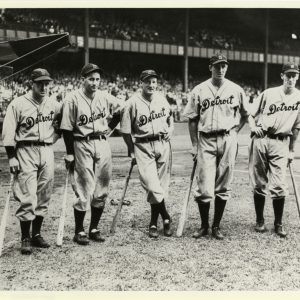

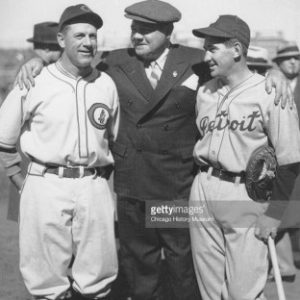
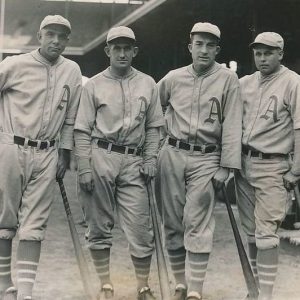

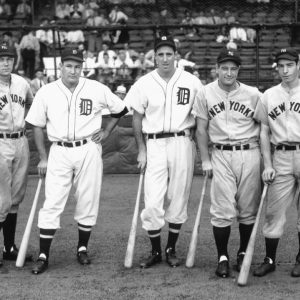

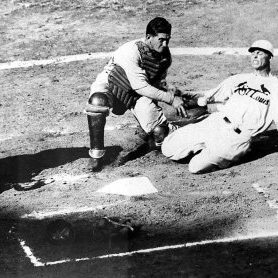
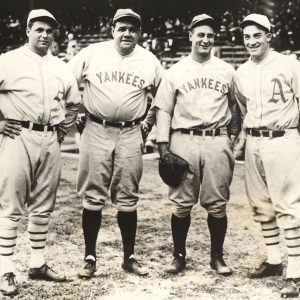
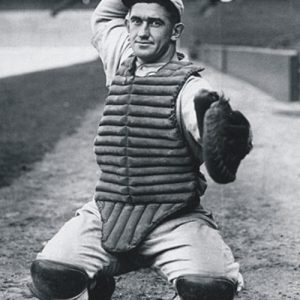
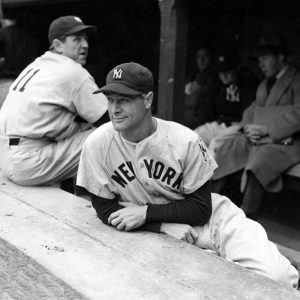
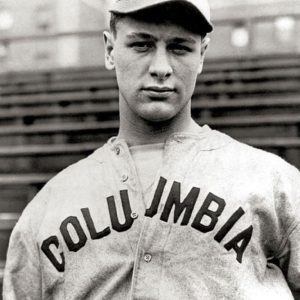
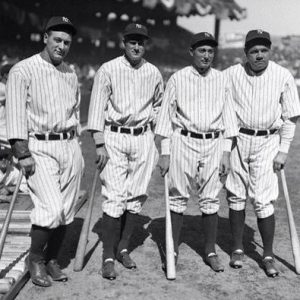
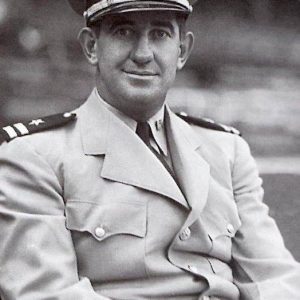
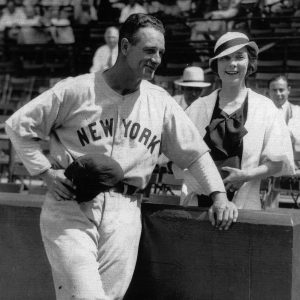
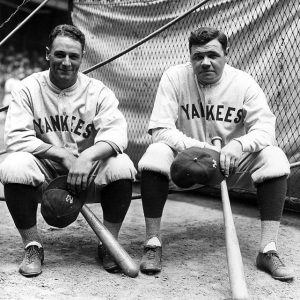
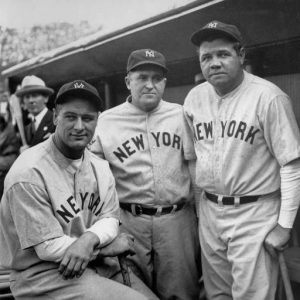

Folks must have been as surprised at the vote in ’34 as now, and the writers at the time must have offered some justification for their selections, I wonder if there was any follow up there? Remember, Gehrig finished FIFTH!
Hard to believe now, but gaudy stats like Larrupin’ Lou’s were more common then than now, at least in the realm of BA, perhaps the leadership/player-manage angle carried more weight at that time.
Thanks Mike…great observations!
Thanks Mike! I believe you are correct – the results, especially with Gehrig finishing fifth, must have been surprising to a great many people in 1934, at least outside of Detroit. I agree that Cochrane’s role as player/manager had a great deal to do with his winning the award, as did the Tigers winning the pennant after finishing so poorly the year before. I try to debunk the first place finish in my essay, but I do believe it carried weight with the writers who voted.
As for the writers publicly justifying how they voted that year? Unfortunately, I found nothing in my research to reveal this. I can’t say it doesn’t exist, just that I haven’t found it. I wish I had. It would have offered enormous insight into answering the question so many have asked – how did this happen?
This MVP race has been overrated.
What most researchers ignore (to their peril) is the fact that there were TWO MVP awards issued that year. Gehrig won the Sporting News MVP award, which most people forget. In fact, if you look at contemporary newspapers, you’ll realize that the BBWA award didn’t receive much attention in those days.
More info here: https://baseballreplayjournal.substack.com/p/the-gehrig-screwjob
Thank you, Daniel. Your observation is both astute and correct – there was an MVP Award given by The Sporting News, and in 1934 Gehrig did win, with Cochrane finishing third. The TSN Award was given annually from 1929 until 1946 to the player deemed most valuable in each league. I did not include this in the essay because it was a publication based award and not the one sanctioned by MLB through the BBWAA, which is the approved voting process that continues today. Nonetheless, The Sporting News was arguably the premier sports publication at the time, and I’m sure its award selections resonated well with the public. Personally, I think TSN got it right that year, while the BBWAA dropped the ball.
Still, I cannot say which award carried greater credibility with the fans. I did read your article in the link you provided (thank you!), and in it your conclusion that baseball pundits and fans took The Sporting News award more seriously at that time than they did the BBWAA award. Not having included the TSN award in my essay, I unfortunately can offer no independent evidence to support this. A comparison of the history, differences and credibility between the two awards might itself make for an interesting essay.
My decision to write the essay as I did is because the MVP Award voted on by the BBWAA continues today and is the award recognized by MLB, and because in 1934 it offered possibly the greatest faux pas in its voting history. It’s result that year begs the question, “why did this happen?”, and offers fertile ground for discussion. Not so much with The Sporting News, because by comparison, they got it right that year.